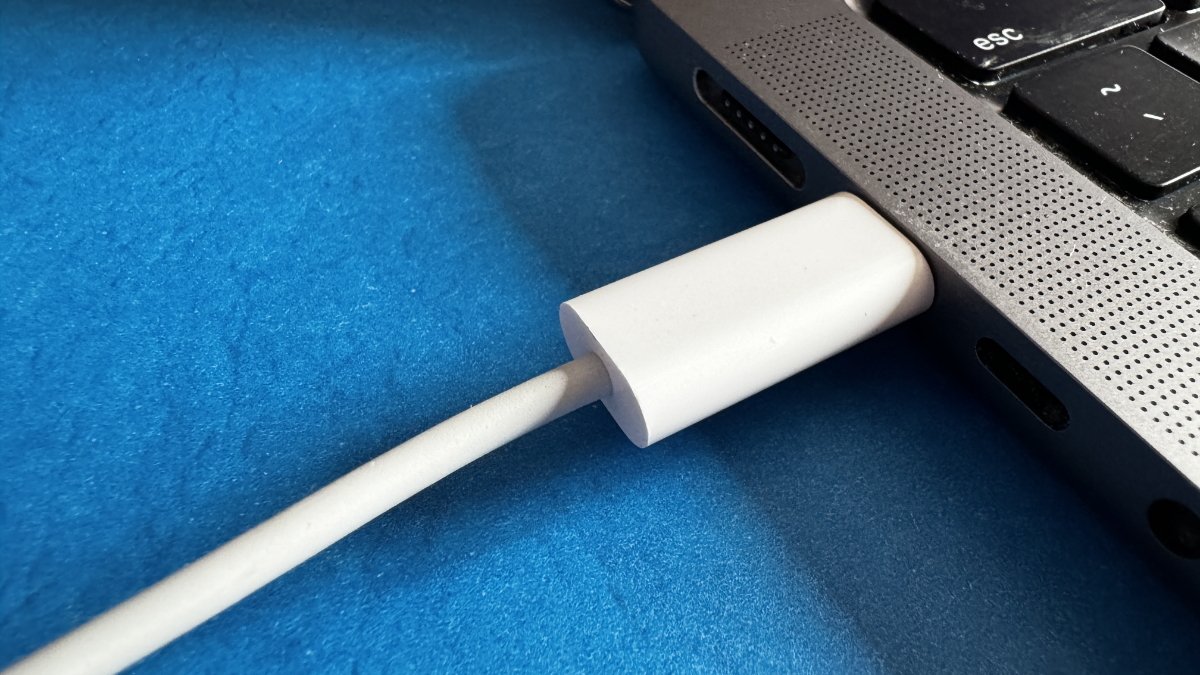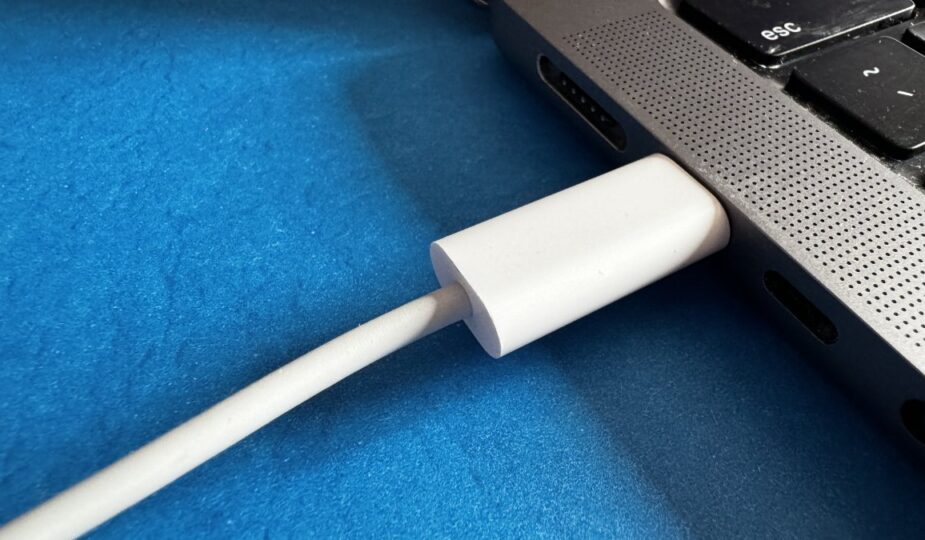How to transfer files between two Macs using a cable
 0 Facebook x.com Reddit
0 Facebook x.com Reddit
Even with the convenience of AirDrop for Mac users, transferring large files or troubleshooting software incompatibilities often requires a more robust solution. Here are some options for using the cable.
Apple offers several intuitive ways to transfer files between Mac computers. These include Ethernet for simple wired connections, Target Disk mode for turning one Mac into an external hard drive accessible to another, and Thunderbolt networking for high-speed data transfers.
Using a cable to transfer files between Macs is often much faster and more reliable than wireless alternatives like AirDrop, especially for large or numerous files. This method is effective in scenarios where speed is critical and data volume is significant, offering a streamlined solution that improves your workflow.
Mac file sharing over Thunderbolt network
For faster data transfers, consider using a Thunderbolt network. It enables high-speed data transfer between two Mac computers equipped with USB-C Thunderbolt ports. Thunderbolt networking turns ports into a high-speed bridge, enabling fast file transfers that exceed traditional Wi-Fi or Ethernet speeds.
Thunderbolt ports are versatile, supporting data transfer, video output, and charging over the same cable, making it easy to connect between devices. Those with Apple Silicon, Thunderbolt 3 (USB-C) and Thunderbolt 4 (USB-C) ports are common on new Macs. These ports provide compatibility with devices beyond data transfer, including external displays and storage devices.
- Open Settings on both Macs and go to Network.
- Select Thunderbolt Bridge and click OK if the “New interface detected” pop-up appears.
- On one Mac, go to Thunderbolt Bridge and select your Mac in the service. list.
- To set the IP address, click TCP/IPand select Manual from the Configure IPv4 drop-down list.
- Enter the IPv4 address, subnet mask, and router address as required.
- Click OK.
For most people, Thunderbolt networking is the best option. Its high-speed data transfer capabilities make it ideal for everything from transferring large files to ensuring smooth collaboration on bandwidth-intensive projects.
Thunderbolt networking is faster than traditional Wi-Fi or Ethernet connections and provides easy, plug-and-play connectivity to modern Mac computers.
Mac file sharing via mode target drive
If you have a pair of Macs that have USB, USB-C, or Thunderbolt ports, connect them so that one Mac appears as an external hard drive on the second Mac. This feature is known as target disk mode.
It is important to note, however, that if any Mac is running macOS 11 or later, the connection must be made using a Thunderbolt cable.
- Connect the two computers using a compatible USB, USB-C, or Thunderbolt cable.
- On the Mac that will be used in drive target mode, go to Boot DriveSettings and select Restart in Target Drive Mode.
- After you restart the other Mac, the Mac drive icon will appear in Target Drive Mode.
- To Shut down your computer safely by dragging the drive icon to the Recycle Bin on your desktop to avoid data corruption.
- Turn off your Mac in Disk Target mode using the Power button. >, then disconnect the cable.
The process will be different if one Mac has an Apple Silicon chip and the other has an Intel chip. You can pair an Apple Silicon-equipped Mac with another Mac, allowing the Apple Silicon-equipped Mac to act as an external hard drive.
Target Disk Mode
While useful, the need for compatible hardware and the relative complexity of the process make Target Disk Mode a specialized tool. This is useful when one machine may be down or when users need to access the Mac's file system directly without booting the operating system.
- Use the appropriate cable to connect your Mac computers.
- Turn off your Apple Silicon Mac through the Apple menu.
- Hold the power button on your Apple Silicon Mac until untilthe launch options are loaded. Displayed.
- Select Options > Continue.
- Select the boot disk and, if necessary, enter the administrator password to boot into recovery mode.
- In recovery mode, go to Utilities > Share a driveand start sharing by selecting the drive or volume you want.
- On another Mac, access the shared drive through the Network Location Finder.
- Use Connect As and select Guest to begin the connection.
- To end sharing, on an Apple Silicon Mac, select Stop sharing.
Mac File sharing over Ethernet
Mac file sharing over Ethernet, once the primary means of direct, stable connections, has become the latest means of transferring files between Macs. Modern MacBooks have ditched Ethernet ports in favor of slimmer designs, pushing users toward wireless connections or adapters.
Apple stopped including Ethernet ports in its MacBook line, starting with the MacBook Air, which was introduced in 2008 as the first MacBook without an Ethernet port. Subsequently, other MacBook models, including the MacBook Pro, have followed suit over the years as Apple has moved to a thinner design and an emphasis on wireless connectivity.
By 2016, with the introduction of USB-C-only MacBook Pro models, Ethernet ports were phased out from the entire MacBook line.
File Sharing
To directly connect two Mac computers to share files, you need to follow a specific set of steps that includes using an Ethernet cable and setting up common settings on both machines. The connection process provides a secure and efficient way to access files between two Macs without additional hardware or complex network configurations.
- Connect your Macs using an Ethernet cable to establish a network connection.
- Turn on sharing on each Mac through Settings > General > Sharing
- Write down the name of each computer in the sharing settings.
- On one Mac, open Finder, go to the Go menu , select Connect to server, then click Browse to find another Mac.
- Double-click the name of the other Mac to connect and enter password when prompted.
Transferring files between two Macs is both simple and flexible, accommodating different user preferences and technology settings. Apple provides a wide range of options to meet different needs, whether it's an Ethernet cable, a target drive mode, or faster Thunderbolt network speeds.
Follow AppleInsider on Google News.









